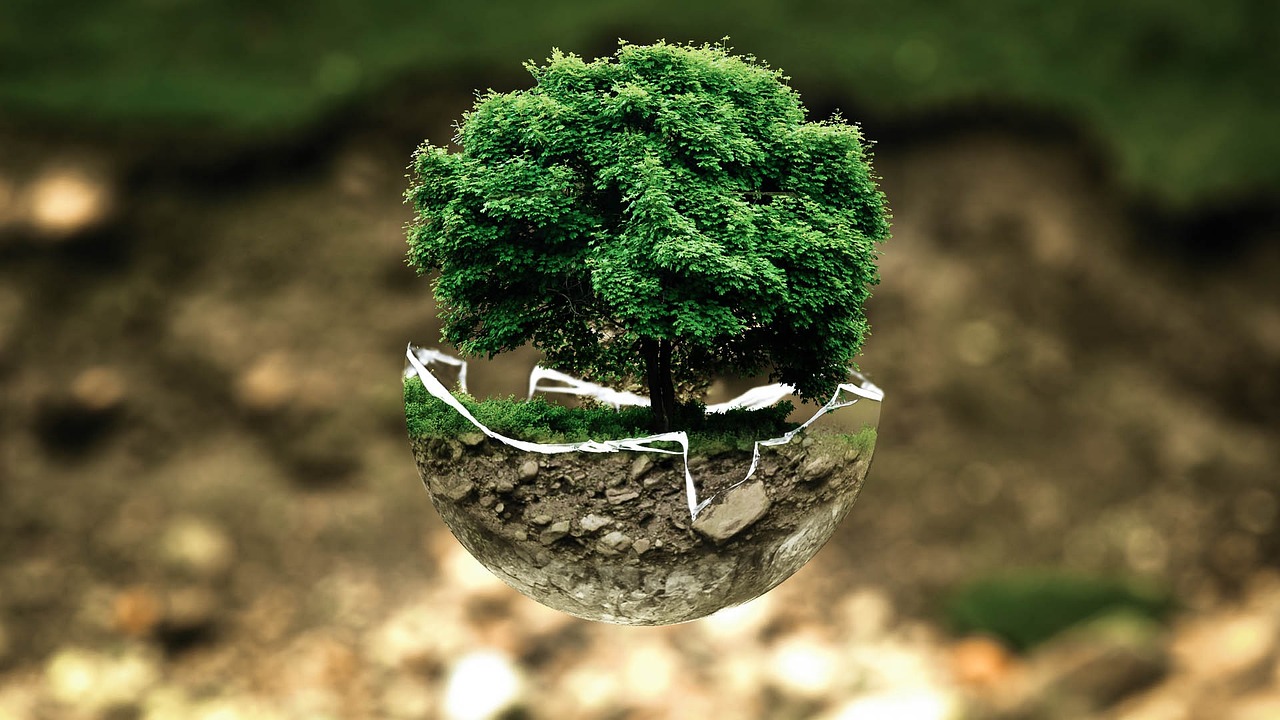
Diving into the depths of statistical analysis can feel like navigating uncharted waters for many ecologists and environmental scientists.
In a realm often overshadowed by the allure of hands-on fieldwork or captivating lab experiments, statistics can seem like a daunting technical labyrinth.
However, understanding the hurdles faced by practitioners is the first step toward overcoming them. From grappling with complex statistical concepts adorned with intimidating Greek symbols to mastering computational skills with tools like R, the challenges are real.
In This Article…
- The Challenge of Statistics: Overcoming Technical Hurdles
- Learning R: Your First Step in Statistical Proficiency
- R vs. Python
- Conclusion
The Challenge of Statistics: Overcoming Technical Hurdles
The world of statistics can be intimidating.
It often scares people away with its technicality and apparent lack of the glamour and excitement associated with hands-on fieldwork or lab experiments. Understanding the hurdles that people face is essential for addressing them.

The technical aspects of statistics encompass:
- Statistical Concepts: You need to grasp statistical concepts like probability, inferential tests (e.g., t-tests, ANOVA), and complex equations often filled with intimidating Greek characters.
- Computational Skills: You must become proficient with statistical software, and the most desired tool in the realm of ecology is R. Learning R often means acquiring basic programming skills, which can be a daunting prospect for many.
The relationship with statistics is often polarized: you either love it or hate it.
While some individuals, like myself, find statistics fascinating, many others harbor a deep aversion to this field. As a Data & Analytics manager, I recognize that I am in the minority in enjoying this aspect of the work. However, I understand the reluctance and frustration that many feel.
But here’s the key to unlocking the world of statistics for ecologists: Stop viewing it as just a collection of obscure inferential tests.
R is more than a statistical tool; it is a data tool. It enables you to handle data with unparalleled ease, creating complex models, providing flexibility in data visualization, and offering solutions to a myriad of challenges encountered when working with data, writing reports, or conducting research.
It is likely that you’re used to using Excel and Spreadsheets to handle your data and create your graphs but if you take a little bit of time to learn R, you will be amazed how much of your time is saved in preparing and transforming your data for statistical analysis as well as for graph creation. R has carved a nice as the preferred data handling tool in natural science fields.
Learning R: Your First Step in Statistical Proficiency

Before immersing yourself in the intricacies of statistical analysis, it’s crucial to become comfortable with R. Here are some steps to kickstart your journey:
- Basic Programming Concepts: Start by mastering basic programming concepts such as variables, data types, functions, and loops. Numerous online tutorials are available to help you begin your R programming journey. Platforms like Codecademy, DataCamp, and Coursera offer valuable resources.
- Data Analysis Techniques: Ecologists employ a wide array of statistical techniques, ranging from basic descriptive statistics to more advanced models like linear regression and mixed-effects models. Begin by mastering the fundamentals of statistical inference, hypothesis testing, and confidence intervals. Progress to more complex techniques such as generalized linear models and multivariate analysis. Platforms like Coursera and edX offer free online courses in statistics.
- Basic R Packages There are some essential R packages such as dplyr and ggplot2 that allow you to create graphs and transform your data in a more intuitive way. It is essential to first learn these packages so you are comfortable with learning R. You can check out the tidyverse collection of R packages to find out more.
- R Packages for Ecological Analysis: R offers a treasure trove of packages designed for ecological analysis, including vegan, nlme, and lme4. Familiarize yourself with the packages commonly used in ecology, and learn how to leverage them for specific analyses. Package documentation serves as an invaluable resource for understanding functions and interpreting output.
R vs. Python

A common question I get is: Is it better to use Python over R?
The answer is that R is primarily designed for statisticians by statisticians and caters to the academic and research aspects of ecology and similar natural science disciplines.
Python, on the other hand, is a versatile, open-source language used for general data analytics and machine learning. Python’s ease of integration and compatibility with various data tools and platforms make it a popular choice in the data science & analytics world. It is also popular for many applications in natural science fields, such as for modeling purposes.
Therefore, if you aspire to a career in data science & analytics, learning Python is essential, with R being an additional asset. If you are more academically inclined and focused on ecology, mastering R takes precedence, with Python offering supplementary benefits.
Conclusion
In your journey as an ecologist or environmental scientist, mastering R and statistics is crucial for navigating the world of data analysis, modeling, and research. Once you shift your perspective from viewing statistics as a daunting, technical hurdle to appreciating it as a powerful tool, you’ll unlock the potential to gain deeper insights into the natural world.
Thank you for reading, and may your statistical skills lead you to a fulfilling and impactful career in ecology and environmental science.


